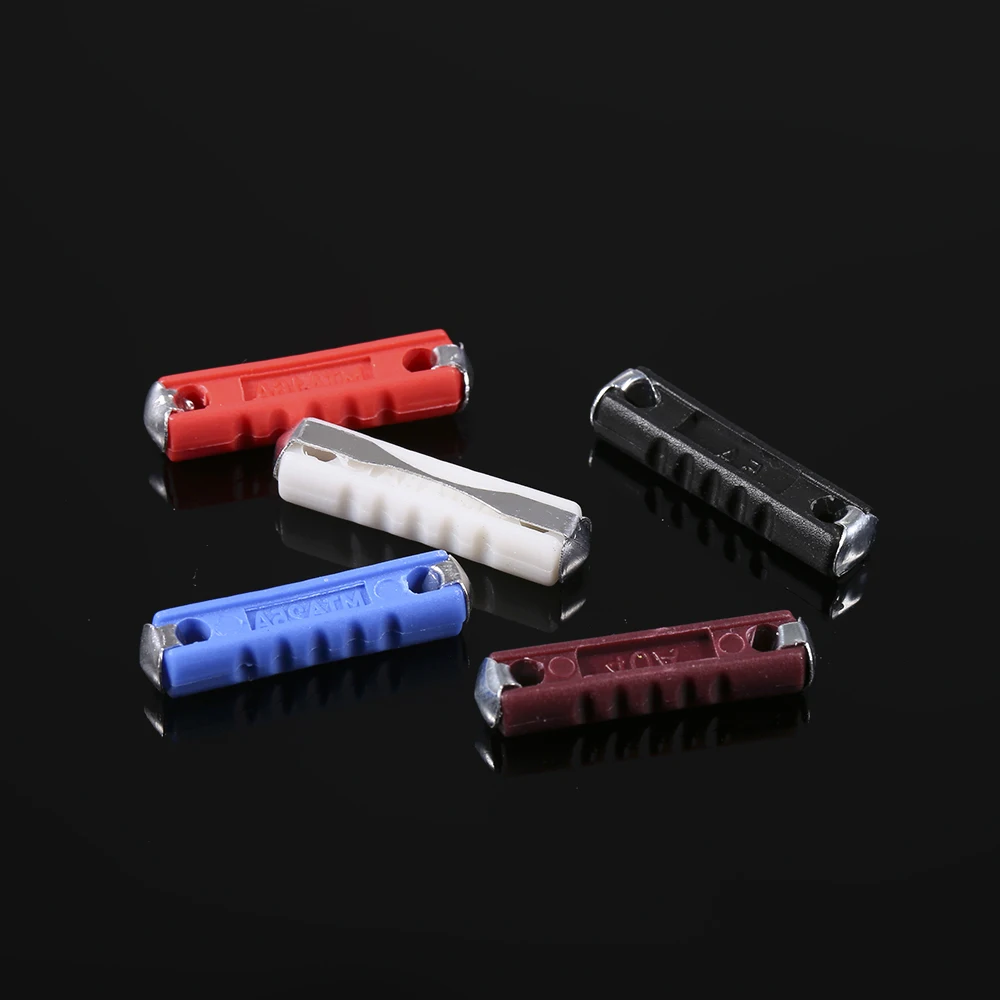Motor blowers are vital in a multitude of industries, facilitating efficient airflow for cooling, ventilation, and drying processes. This article discusses their mechanisms, applications, and maintenance practices, while highlighting the critical role of stainless welding in enhancing durability.

What is a motor blower and how does it operate?
A motor blower is an electric device that moves air or gas using an impeller driven by an electric motor. It creates a pressure differential, allowing air to be drawn in and expelled at a higher velocity, which is essential for effective cooling and ventilation.
What are the common applications of motor blowers?
Motor blowers are widely used in HVAC systems, industrial processes, air conditioning units, and residential environments to improve air circulation. They are also essential in drying applications, such as those in construction and food processing.
How can I ensure optimal performance of my motor blower?
Regular maintenance tasks should include cleaning filters, inspecting motor bearings, and ensuring the blower wheel is free of debris. Using high-quality materials, especially those enhanced by stainless welding, boosts durability and minimizes the need for repairs.
Why is stainless welding important in motor blower manufacturing?
Stainless welding is crucial for creating strong, corrosion-resistant joints that ensure the longevity of motor blowers, particularly in challenging environments. This technique improves the overall reliability and efficiency of blower systems, making them a cost-effective investment over time.
Motor blowers are essential devices across various sectors, known for their efficiency and versatility. Understanding their functionality and applications can assist in selecting the right blower for specific needs. Consistent maintenance practices, combined with stainless welding, enhance their reliability and lifespan, delivering considerable value to users.